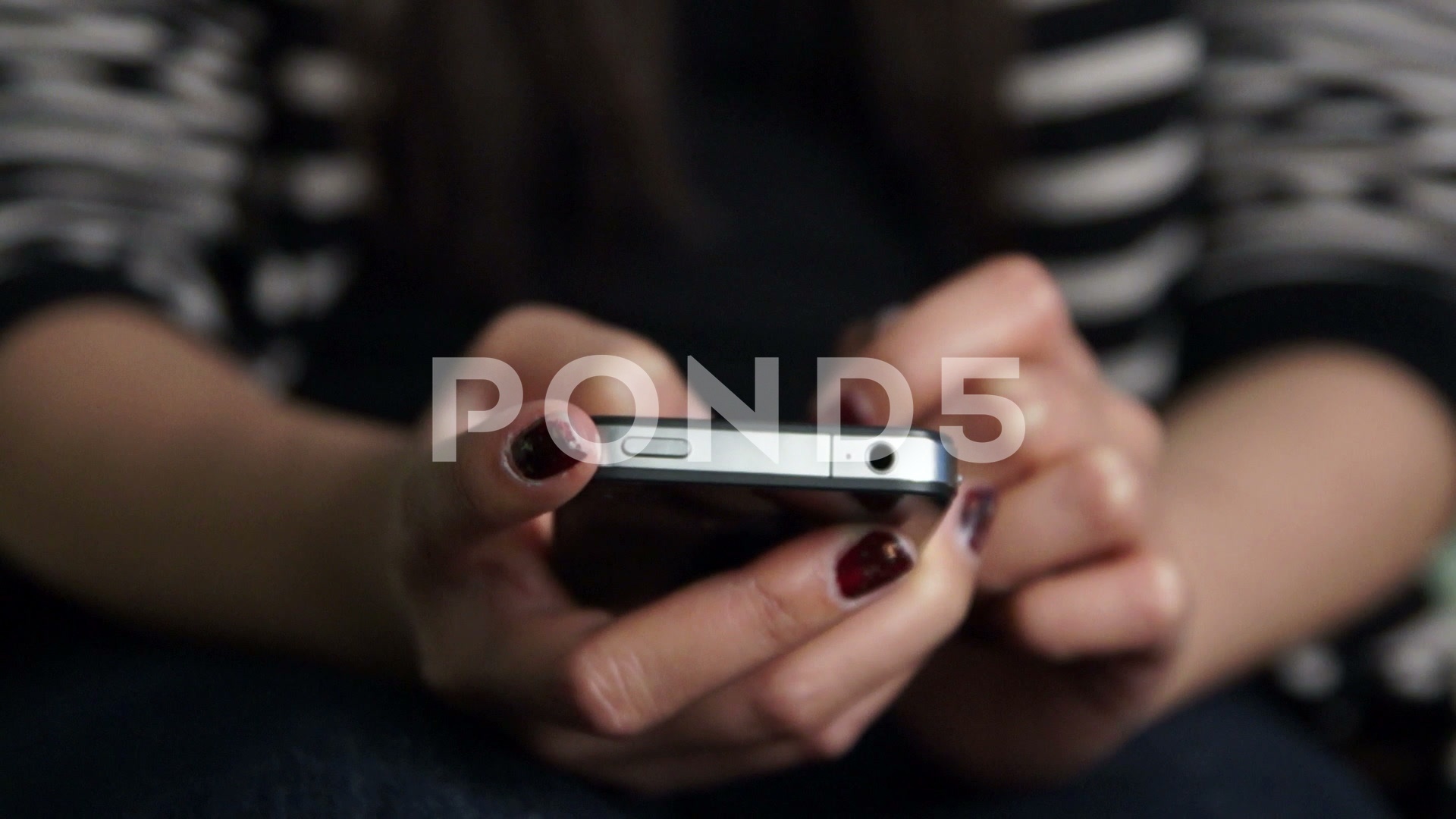 Team One argued on the side of Swann, saying
Team One argued on the side of Swann, saying that the school district was gerrymandering district lines to enhance segregation, which was illegal. The team sited Reynolds v. Simms to support this argument. The second argument focused on the Equal Protection Clause of the 14th Amendment, saying that the busing system of the school was promoting segregation, therefor ending the segregation of busing will promote equality. The team also argued the importance of the busing issue in order to integrate African-Americans with the white community more. The team argued that the School Board was using busing to segregated schools by forcing children to go to schools farther away, instead of bringing students to the nearest school, which would mix races. The team also cited the Civil Rights act of 1964, which banned discrimination in public accommodations based on race. Finally, the team argued based on emotions, saying that white parents and students should be willing to sacrifice their time to go to a farther school in order to promote integration, therefor making a more compassionate society.
 Team Two argued on behalf of The Board of Education of Charlotte-Mecklenburg. The team opens with an emotional plea, saying that if everyone deserves equal protection, and by integrating the bus systems will put African-Americans at risk or being bullied and possibly even the victims of violence. The team then said the main issue was zoning, not race based. In fact, the issue shouldn't be based on promoting integration, but instead maintaining the busing due to the fact that it lowers the cost, that saved money can then go to further education in the areas school. This ability to increase the quality of education overcomes the need for integration. The team then turned to the argument of "properly" integrating the schools, which falls into the hands of a few officials. This being known, some people will not be happy with the plan, because it is simply impossible to please everyone. The overall point of this argument was that its impracticable to try and achieve overall fairness, because it cannot be done. Finally, the team argued that the fault of segregation falls to how the population was dispersed. If African-Americans wanted to have their children attend "white schools" they should have chose to live in a white community. Pretty much, if they don't like where they attend school, move.
Team Two argued on behalf of The Board of Education of Charlotte-Mecklenburg. The team opens with an emotional plea, saying that if everyone deserves equal protection, and by integrating the bus systems will put African-Americans at risk or being bullied and possibly even the victims of violence. The team then said the main issue was zoning, not race based. In fact, the issue shouldn't be based on promoting integration, but instead maintaining the busing due to the fact that it lowers the cost, that saved money can then go to further education in the areas school. This ability to increase the quality of education overcomes the need for integration. The team then turned to the argument of "properly" integrating the schools, which falls into the hands of a few officials. This being known, some people will not be happy with the plan, because it is simply impossible to please everyone. The overall point of this argument was that its impracticable to try and achieve overall fairness, because it cannot be done. Finally, the team argued that the fault of segregation falls to how the population was dispersed. If African-Americans wanted to have their children attend "white schools" they should have chose to live in a white community. Pretty much, if they don't like where they attend school, move.Despite both team having strong arguments, the court ultimately decided that Swann was the winner of this final court due to the strength of their legal arguments. However, if the case had taken place today














